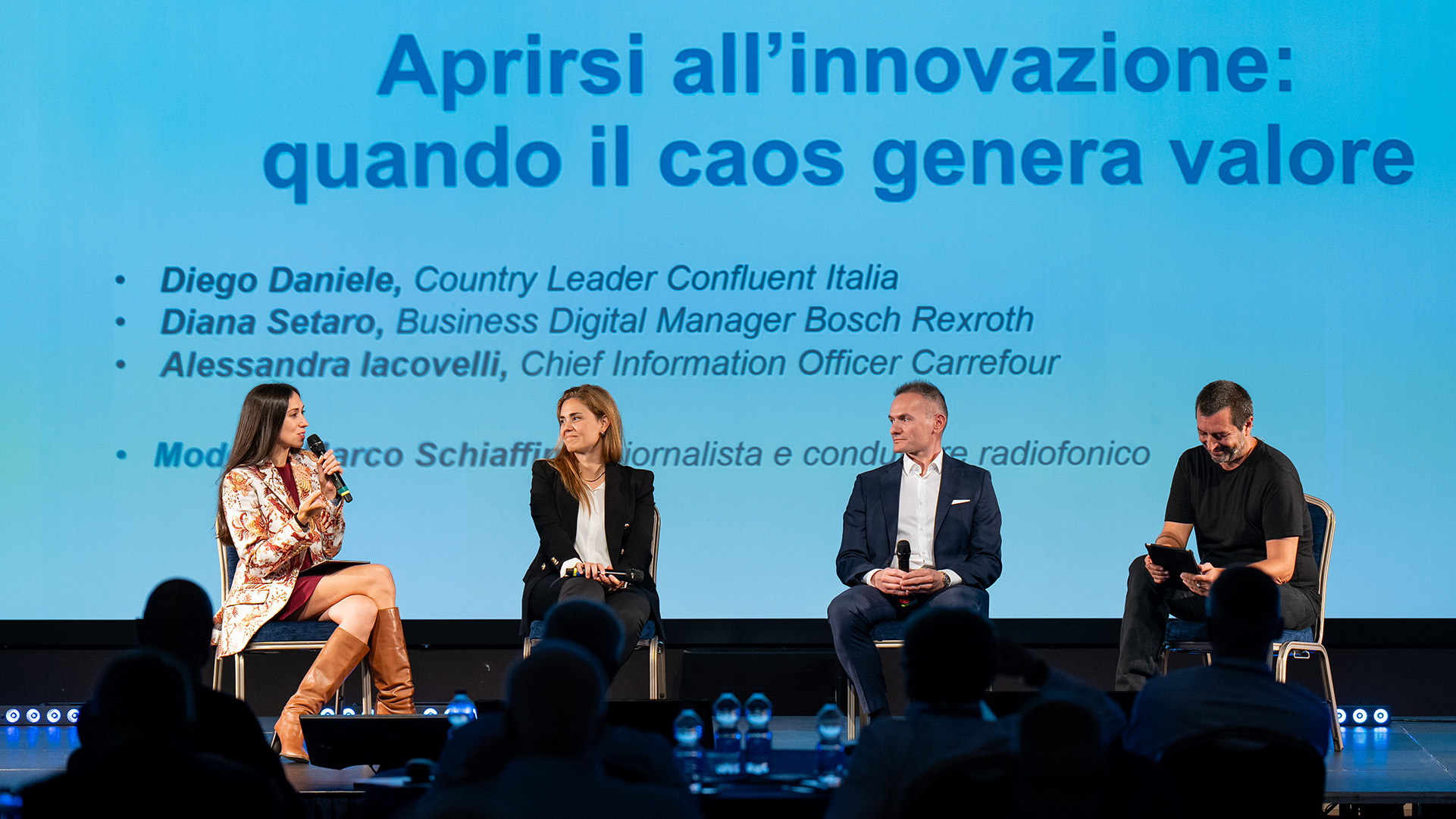A pochi chilometri dall’Italia si sta costruendo il “paese ideale” per le ICO. La Svizzera già con la Finma, la Swiss Financial Market Supervisory Authority, ovvero l’Autorità federale di vigilanza sui mercati finanziari, aveva pubblicato una serie di linee guida relative al tipo di approccio e governance che intende attuare in termini di financial market legislation per gestire le richieste che arrivano dagli organizzatori di ICO.
Questo impegno nella creazione di un framework favorevole allo sviluppo dei progetti e delle nuove imprese Blockchain prosegue con la Crypto Valley Association (CVA), l’associazione senza scopo di lucro con sede a Zugo dedicata allo sviluppo del mondo Blockchain e di imprese impegnate nelle soluzioni cryptografiche ha rilasciato un Code of Conduct, un Codice di condotta per l’Initial Coin Offering (ICO). Si tratta di un framework pensato per fornire alle startup e che vogliono indirizzare un progetto ICO sulla conoscenza di tutti gli obblighi legali, etici, fiscali e legati alla privacy e alla sicurezza. Con questo documento la Crypto Valley Association vuole portare chiarezza e sicurezza a tutta la comunità di imprese e di investitori che guardano con crescente attenzione al mondo ICO.
A questa pagina potete leggere e scaricare l’ICO Code of Conduit della Crypto Valley Association CVA
La missione dell’ICO Code of Conduit
Il Codice invita prima di tutto alla trasparenza e alla comunicazione chiara di tutti i dettagli relativi al processo. È importante sottolineare il ruolo della comunicazione e della divulgazione in un modo che tutte le informazioni sull’ICO siano facilmente comprensibili anche da coloro che non sono tecnologicamente preparati ed è importante evidenziare chiaramente come verranno utilizzati i fondi raccolti e quali sono la caratteristiche e le funzionalità del token. Il Code of Conduit raccomanda anche di fornire chiare indicazioni sui rischi legati alla tecnologia sottostante al progetto.
La diffusione di progetti Blockchain e di ecosistemi decentralizzati, fa sempre più spesso riferimento anche a ICO e sta crescendo la domanda di una regolamentazione per comprendere e gestire i rischi associati all’emissione, alla vendita e al trasferimento di token ma anche per fornire sicurezza e conoscenza sul loro status giuridico e fiscale.
Crypto Valley Association per una Governance ICO
Il Codice di Condotta della Crypto Valley Association vuole essere un contributo per rispondere alla domanda di chiarezza che arriva dai mercati e per fornire le condizioni alle imprese e agli investitori per utilizzare e sfruttare al meglio questo nuovo strumento di sviluppo.
Per favorire la diffusione e la conoscenza di questo preziosi contributo Blockchain4Innovation vi invita alla lettura sul sito della Crypto Valley Association (clicca qui per andare alla pagina con il Code of Conduit ICO) e vi propone di seguito uno stralcio del documento stesso suddiviso in 4 parti nella versione in lingua inglese
ICO Code of Conduit
1. Mission
- Develop the World’s Best Ecosystem for Blockchain and other Distributed Ledger Technologies and Businesses.
2. Core Values
Trust
- We understand the value of trusted relationships at all levels of the society and the economy, and strive to earn and keep the trust of all those with whom we interact.
Transparency
- We are transparent in our dealings and protect personal privacy. We look for the same in those with whom we work.
Collaboration
- We believe in the strength of enthusiastic cooperation and work to foster collaboration within our ecosystem and the wider community.
Integrity
- We are honest in everything we do and take great care to maintain our integrity within our organization and in our dealings with others.
Innovation and Quality
- We strive to be innovative in our work and to catalyze and support innovation in our ecosystem and the wider community. We are committed to achieve highest quality.
Security
- We ensure the highest security standards in the work we do and carefully identify, assess, mitigate and control technological, business and societal risk.
Beneficence
- We believe Blockchain technology should serve a useful and necessary commercial or social purpose.
3. General Code of Conduct (CoC)
A. Business Conduct
- Members do their business in a responsible and transparent way, and do not engage in practices which would be potentially or factually damaging to the image and interests of the CVA and the ecosystem. Members adhere at all times to the Codes and, beyond it, to the applicable laws and regulations.
B. Diversity and Inclusion
- Members do not discriminate in the work environment based upon race, color, gender, sexual orientation, religion, age, national origin, or disability.
C. Books and Records
- Members ensure adequate and truthful operating and financial accounting as well as a proper system to record their business files. Members notify to the CVA any changes of their address, email, mobile number, domain name.
D. Property Rights
- Members respect property rights of others, such as intellectual property rights, brand names or copyrights associated with any crypto valley related business.
E. Governance and Conflicts of Interests
- Members implement in their organizations governance policies to ensure proper operation and control and to avoid (potential) situations of conflict of interest.
F. True and Fair Communication
- Members commit to full, accurate, timely and understandable communication. In compliance with their confidentiality obligations, members are encouraged to disclose any form of mismanagement, corruption, incident, illegality, wrongdoing and any other serious infringements of the rules in force at the CVA or of national or local laws, to the CVA Board of Directors.
G. Breaches / Disciplinary Action
- Members accept that any breach of the Code can result in disciplinary actions, which, depending upon the nature and severity of the breach, include written warnings, information and/or remediation requests, and – in case of serious breaches – expulsion from the CVA. The Members shall always have the right to be heard and costs shall be allocated to the Member depending on the disciplinary action decided.
H. Transactions
- Members shall remunerate transactions on an “arm’s length” basis. Hence, any fees, salaries or “cost-plus“ mark-ups shall be comparable with third-party transactions.
4. Decentralised Ecosystem (DE) Code of Conduct (DECoC)
- The CVA’s DECoC subjects all members to minimum standards ensuring that the launch and operation of DEs within the CVA comply with the highest level of ledger enforceability, quality of protocols and applications, and compliance to relevant financial market regulations.
A. DE Information
- Members inform the community on their web interface, or any other communication channel, in a credible, objective and timely way about their DE and its innovative character, including about its technical features, development and financial plan, implementation timeline, benefits and risks (see below “B”), the management team, their professional background, their role in the DE, and about the legal structure, corporate organization and governance framework, storage and access of crypto assets – as applicable.
B. Risks Assessment and Disclosure
- Members undertake, disclose on their web interface, or any other communication channel, and keep updated a full assessment of the risks related to the underlying technology (functionalities, protocols), the storage and access of private keys, the regulatory, compliance (such as KYC, AML risks), market and counterparty risks. The assessment shall be explicit about the mitigation measures implemented or foreseen and shall highlight the residual risk. The members ensure that all community members participating in the DE are fully aware of the risks associated with the specific DE.
C. Contribution and Distribution
C1. Pre-Blockchain Deployment Contribution
- Members ensure that the pre-deployment contribution phase unfolds within a (preferably independent) audited corporate and technical structure that grants the highest protection and compliance levels to contributors. No public sale shall be allowed at this stage.
C2. Blockchain Deployment and Distribution
- Members ensure that the blockchain deployment and subsequent distribution phase (secondary market) are subject to highly secured, fully compliant and documented, and independently audited technical allocation systems (such as smart contracts). Members shall exercise every effort to comply with the relevant regulations of the jurisdictions in which they actively distribute their DE.
C3. Minimum Contribution Disclosure
- Members ensure all time transparency about the functionalities of the token (such as utility features, governance rights, counterparty, output and input functions), applicable regulations, issuance protocol and schedule, pricing mechanism, relevant taxation regime, contributor-based differentiations, sequential implementation of functionalities and listing plans, buy-back programs, existence of floors, envisaged burning and creation policy, treatment of any excess funding, and existence of lock-up periods for funds attributed to management.
- Members seek direct or indirect regulatory contact as needed to guarantee best possible certainty.
D. Records Management
- Members manage, trace and archive all transactions properly and according to prevailing laws and best financial practices. Members shall have a risk based policy in place on the KYC level they implement for the contribution and operation phase. The CVA regards it as best practice to have a minimum KYC procedure (name, address, id-scan, mail and/or mobile no) as well as an information of the source of funds procedure in place.
E. Suitability
- Members make sure that the promotion of the DE is fair, clear and not misleading, and are proactive in helping contributors to understand the technology, the risks and rewards in relation to their specific risk appetite.
F. Independent Verification
- Further to C, above, members disclose post contribution a comprehensive audit report.
G. Breaches and Disciplinary Action
- The provision of Art. G of the CVA General Code of Conduct applies.




















